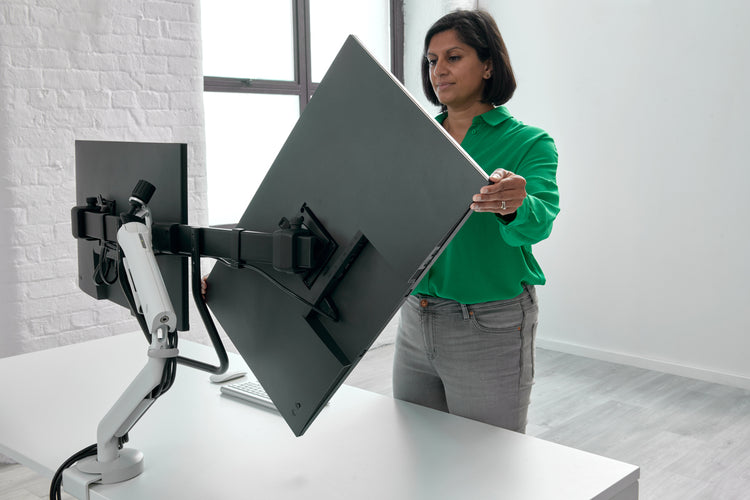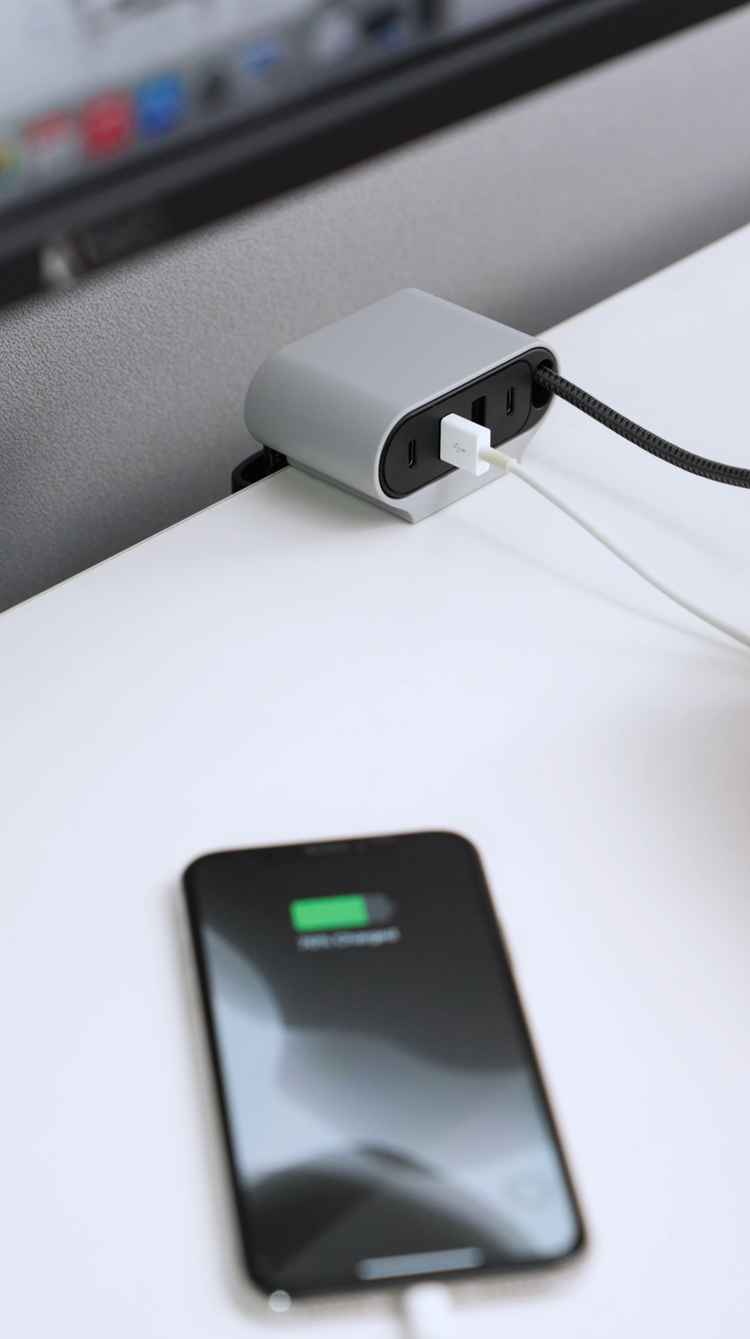What is Ergonomics?
December 10, 2018
“The study of peoples’ efficiency
in their working environment.”
Greek: Ergon (work). Nomoi (Natural Law)
To delve a little further; ergonomics is the refinement and optimisation of designed products for human use and the application of psychological and physiological principles around the design of products, processes and systems. For us (CBS) this means reducing human discomfort whilst improving productivity and safety with specific focus on the interaction between people and product.

ERGONOMICS IS CONSIDERED TO BE A SCIENCE
Ergonomic studies as we know them today were first conducted during World War 2.
Initial research showed that many aircraft crashes up until this point were avoidable and attributed to illogical and poor cockpit design. Designers then used these findings to examine how the pilot interacted with the controls in their cockpit and looked to make them more intuitive and user friendly.
It grew as a study to include everything that a human does. This is really the beginnings of people centred design.So instead of us conforming to the technology, it conforms to us.
ALL PEOPLE ARE DIFFERENT
With the development of computer equipment in the 1960s ergonomics grew as a study to include everything that a human does.
Not all bodies are the same. In evaluating comfort at a workstation one should never generalise an ideal position based on say, height.
Anthropometric studies are used to help understand the differences in certain measurements of people in a population. An issue that dominates work place ergonomics is that the furniture industry, which is more concerned with ergonomics, has no real business relationship with the technology suppliers who generally, are less concerned with ergonomics. This leads to a mismatch, ergonomically, for a person working with a desk and the IT equipment required to do their work. Good ergonomic design means understanding: The fit between the user, equipment and environment to suit each individual.








